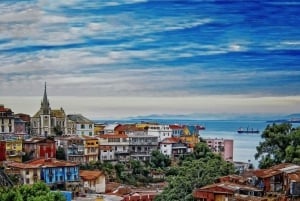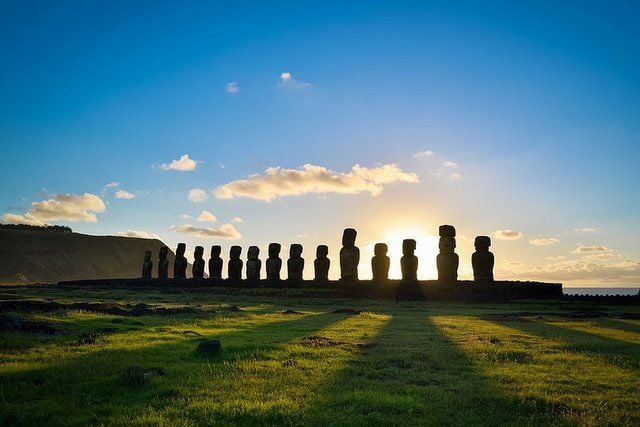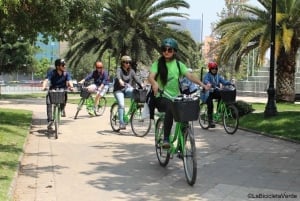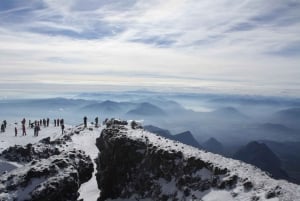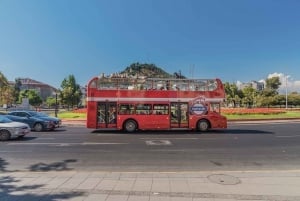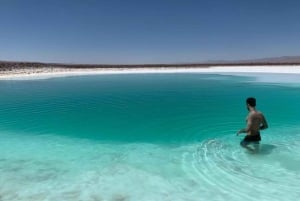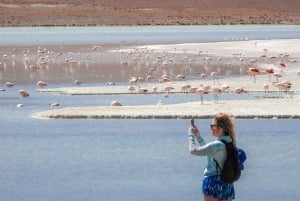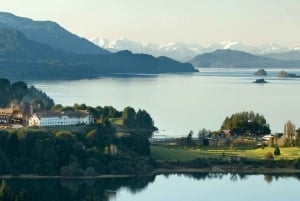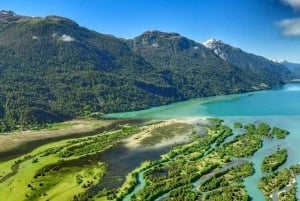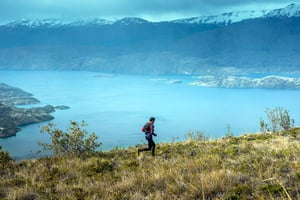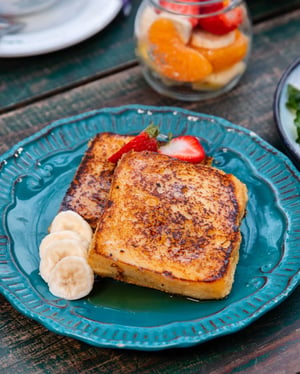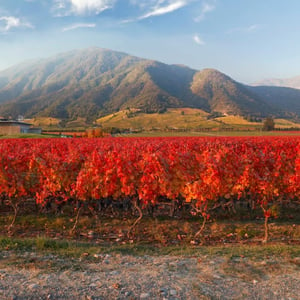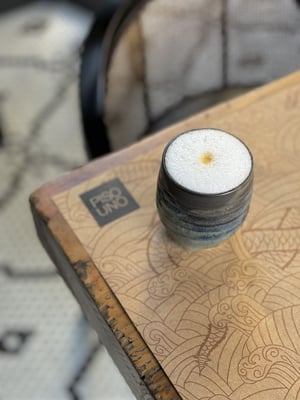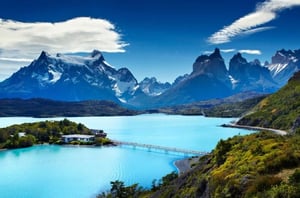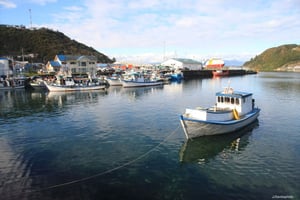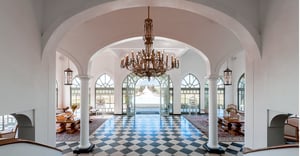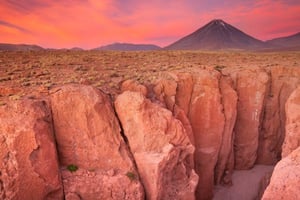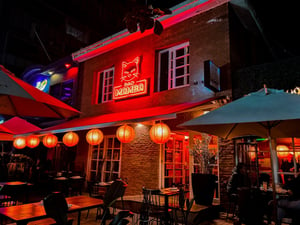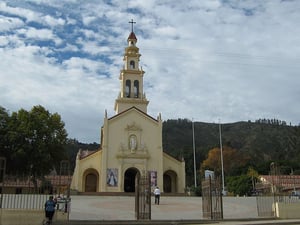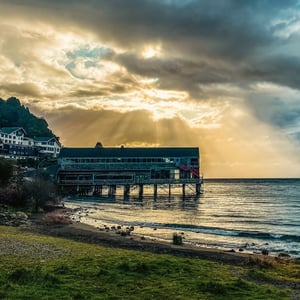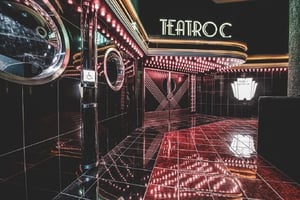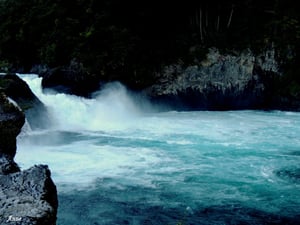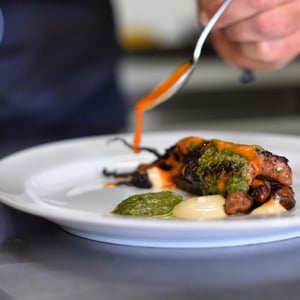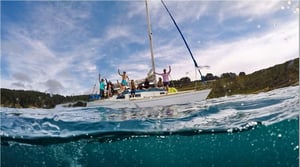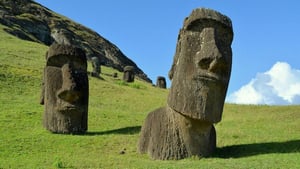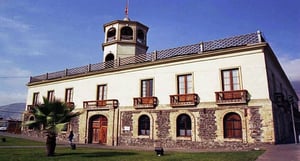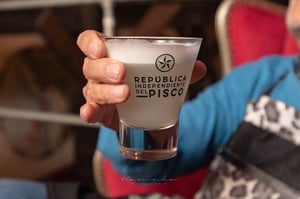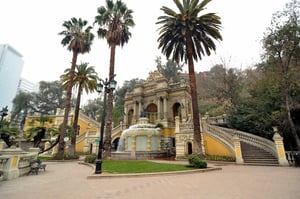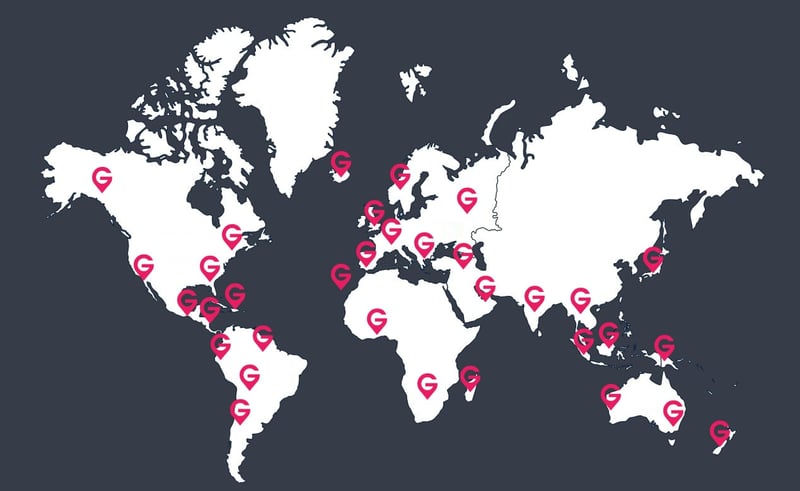Ahu Tongariki
Easter Island
Archaeological
Culture & History Tours
Nature & Adventure Tours
Best Archaeological Tourist Attractions in Chile
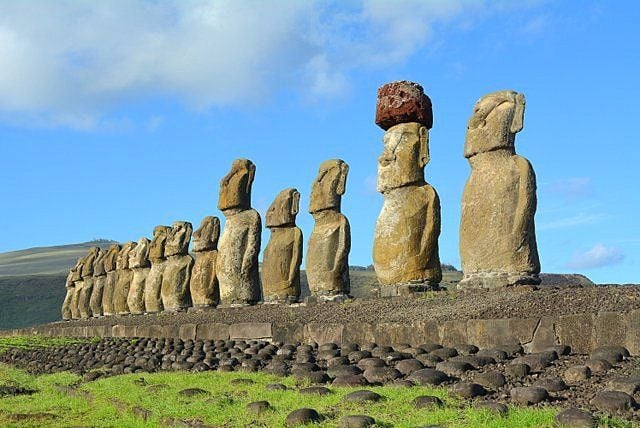
Ahu Tongariki, the 15 moai statues
The contemplation of the imposing
Ahu Tongariki with the
Pacific Ocean on its back is the fulfilled dream of most travelers who cross the planet to reach Easter Island. The image of Tongariki, together with that of the statues of the nearby
Rano Raraku volcano, is the one that has most spread in books, magazines and documentaries of
Easter Island. And, since its restoration, this colossal structure has become a symbol and the maximum exponent of the collective imagination about Rapa Nui.
A legendary natural scenery
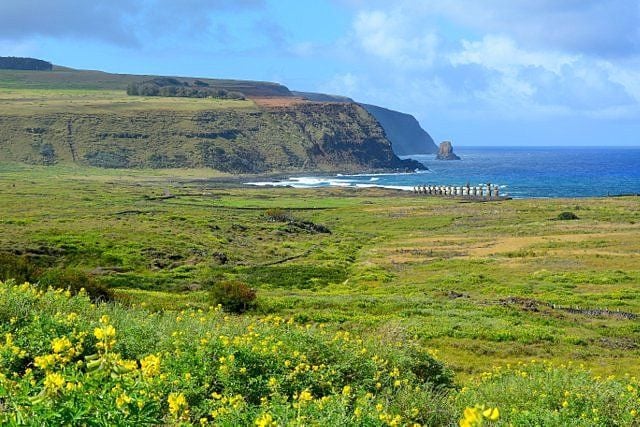
Tongariki, whose name refers to easterly winds, is located on the eastern end of the south coast of Easter Island in a land of great scenic beauty. On your left you can see the
Poike volcano, the oldest on the island, whose eruptions gave rise to the peninsula of the same name and where, according to tradition, the battle between “the long ears” and “the short ears” took place. At its top you can see the crater now covered with a small eucalyptus forest. Its southern slope descends by steep cliffs to the level of the sea where the volcanic rocks form the cove of Hanga Nui (big bay).
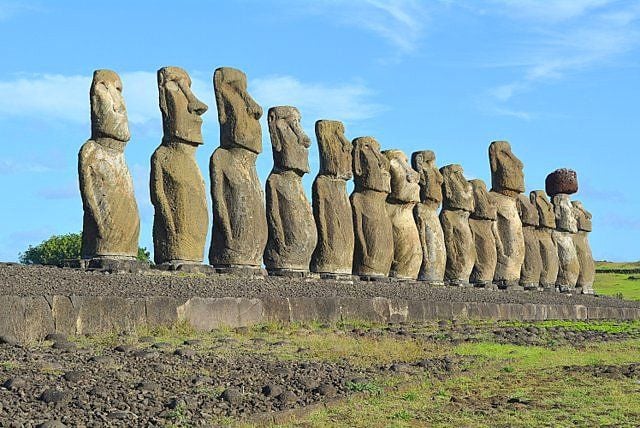 Ahu Tongariki
Ahu Tongariki is the largest ceremonial structure built on Easter Island and the most important megalithic monument in all of Polynesia. It represents the zenith of the sacred constructions called ahu-moai that were developed in Rapa Nui for more than 500 years.
All the
moai statues were carved in volcanic tuff from the quarries of the Rano Raraku volcano, located one kilometer northwest. Despite their relative closeness, it is still not explained how they were able to transport to
Tongariki these huge giants that have an average weight of 40 tons.
